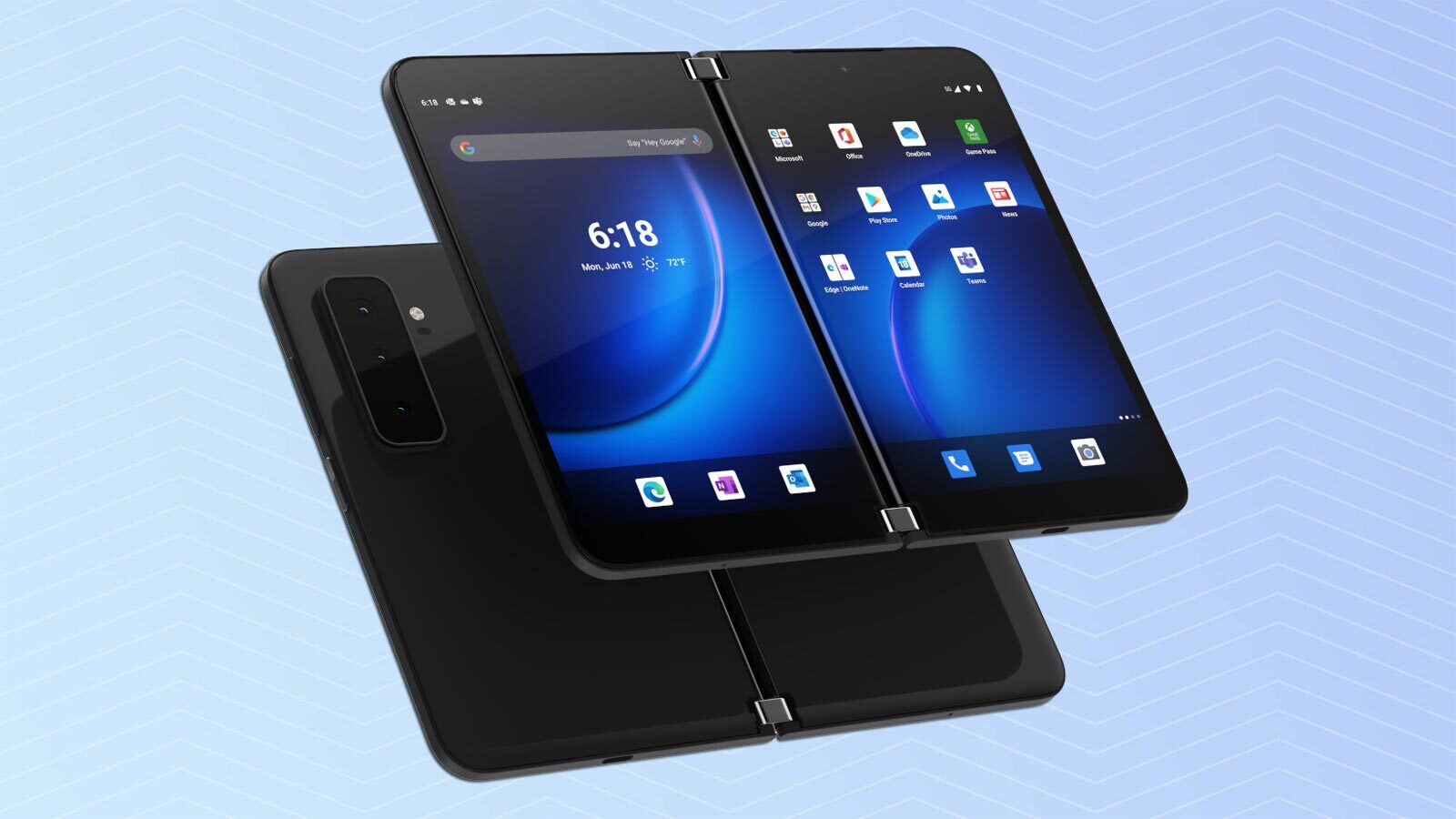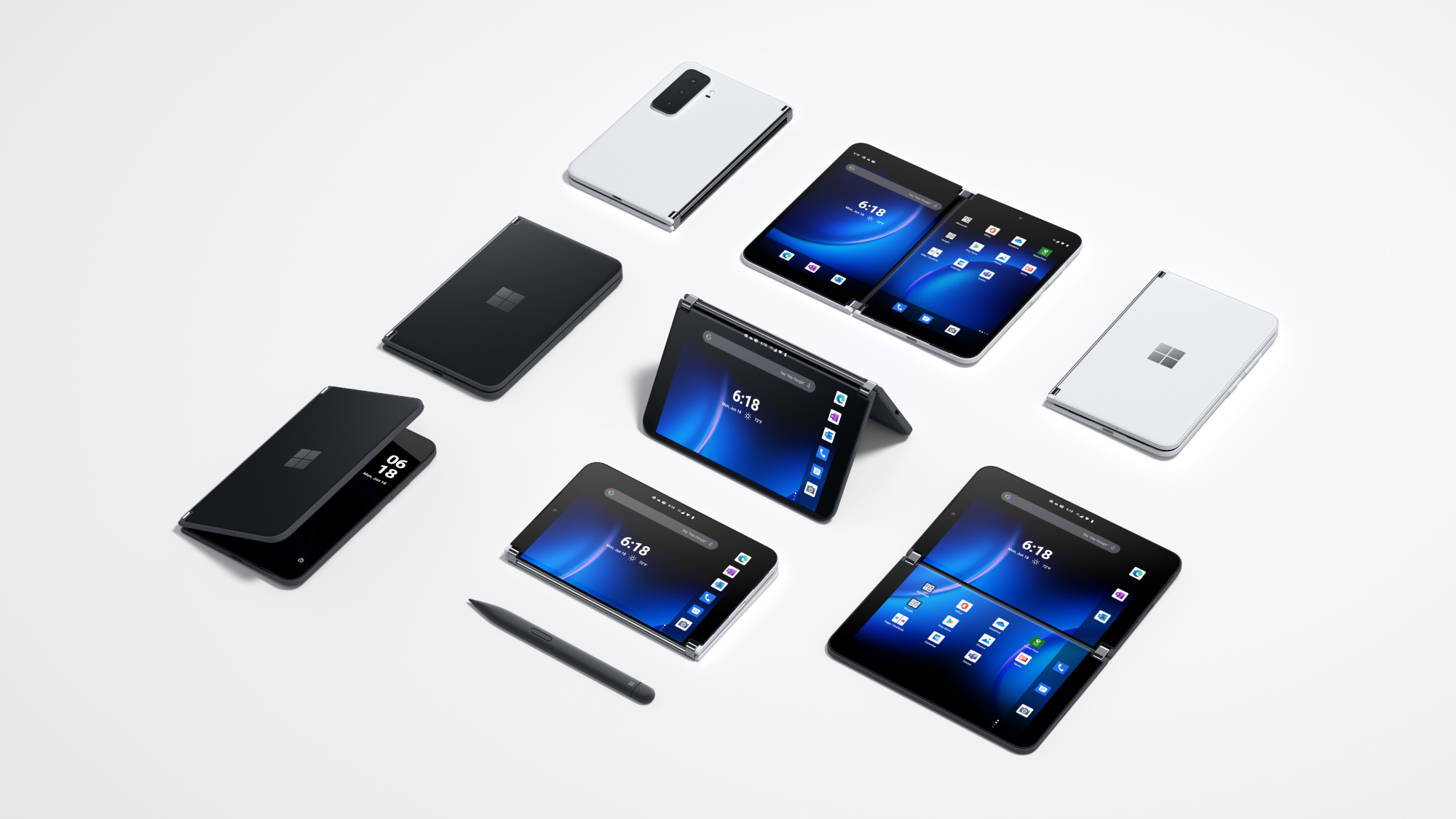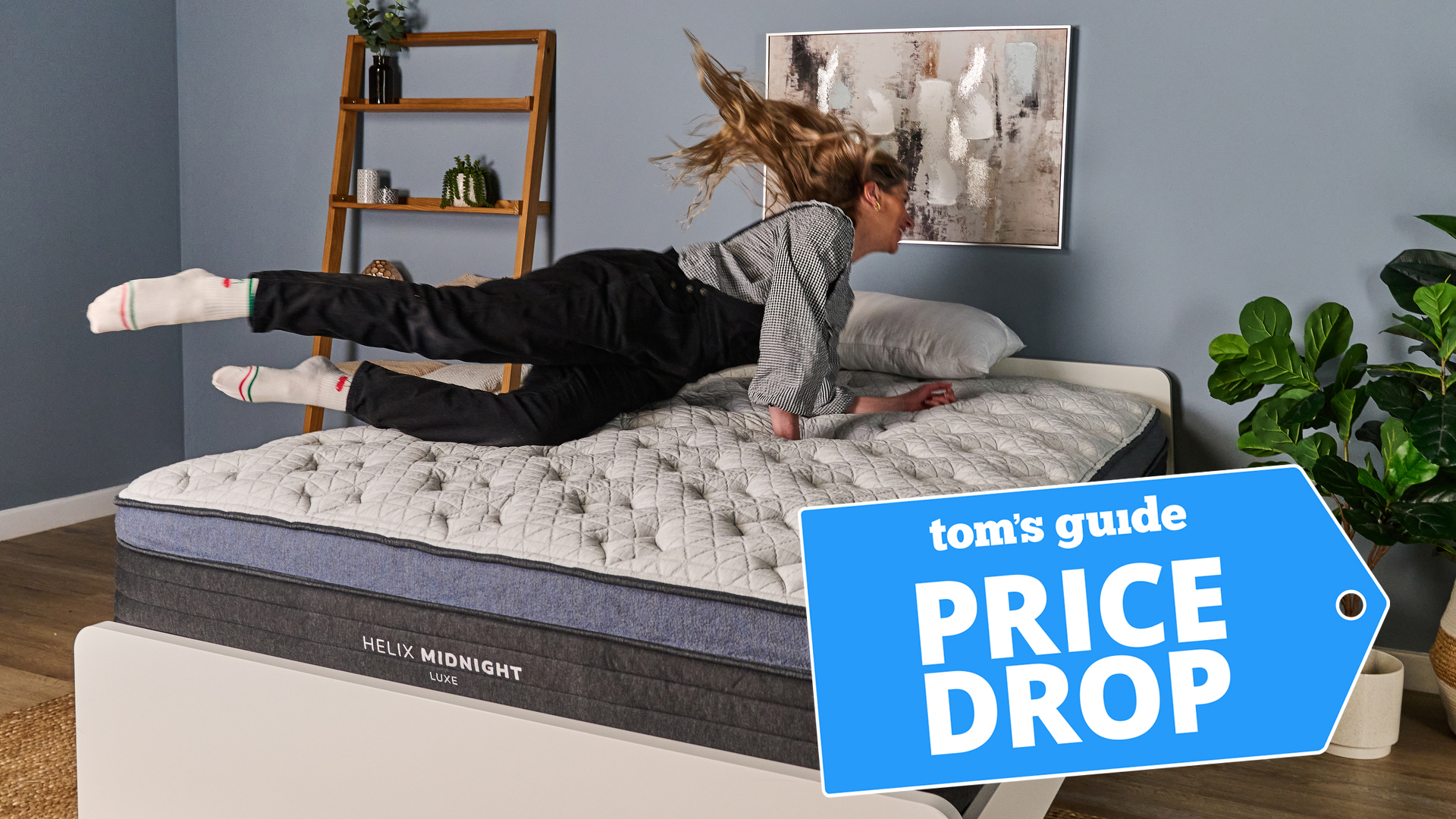Surface Duo 2 is Microsoft’s last shot at mobile redemption
The Surface Duo 2 looks better than the first one, but is that enough?

Microsoft announced the Surface Duo 2 at its September Surface event, and I found myself feeling pretty apathetic about it initially. After the original Surface Duo letdown, I couldn't muster any excitement for another go at the form factor. Don't get me wrong, I'm all for new things, especially as the traditional slab smartphone design continues to grow stale, but the next folding phone from Microsoft didn't pique my interest.
That's because although I didn't review it, I had the misfortune to use the Surface Duo. I came away underwhelmed by its battery life, ergonomics, and offensively bad software support. (The original Surface Duo still doesn't have Android 11 when Android 12 is right around the corner.) As Microsoft's first attempt at an Android phone, I agreed with the sentiment that it was an abject failure.
- Surface Pro 8: Everything you need to know
- Surface Laptop Studio: What does Microsoft's new laptop offer?
- Plus: Google Pixel 6 Pro just appeared in first hands-on video
From the information I received and what was presented at Wednesday's Surface event, I think Microsoft took several of the Surface Duo's many criticisms to heart for the second version. Making phones is hard and no one expects a first-generation product to be perfect, but people also expect to get the most for their money. When you launch a phone for $1,400, you'd better get a lot of things right.
The Surface Duo 2 looks to rectify most of its predecessor's mistakes. It has current specs (whereas the Surface Duo launched with year-old hardware), NFC, 5G, and rear cameras. The battery is bigger and the displays are larger, with higher pixel densities. Even the hinge has gotten some love, supposedly.
On paper, the Surface Duo 2 looks like a massive improvement in the bare minimum sense of the word — I never thought I'd give a phone in 2021 kudos for adding rear cameras, but here we are. But more importantly, the Surface Duo 2 is a chance for Microsoft to redeem itself in the eyes of Android users.
For Microsoft, the first step is to provide competitive hardware, especially things that many consider standard, and the second is to back your phone with regular and timely software updates. Know your market.

What I've seen of the Surface Duo 2 seems to indicate that Microsoft went back to the drawing board for many of the new phone's features. Unfortunately, it doesn't seem to have addressed two of the Surface Duo's problems. The first is ergonomics— the original Surface Duo was uncomfortable to hold and impossible to use one-handed (even when folded over on itself). Using the dual-screen touch controls in Game Pass wasn't pleasant, either. I'm not sure if the new version tackles that issue.
Get instant access to breaking news, the hottest reviews, great deals and helpful tips.
The second, and arguably the most important for product adoption, is the price. Microsoft actually raised the starting price of the Surface Duo 2 by $100 to $1,500. Many lambasted the Surface Duo for costing too much, and it quickly dropped in price in the time since it launched.
I get it, this stuff is expensive. The higher-end CPU, 5G modem, two higher-resolution displays with a 90Hz refresh rate, all of it adds up. Plus, Microsoft has to recoup some of its R&D costs. But Samsung managed to provide a foldable phone at the $999 mark in the form of the Galaxy Z Flip 3 with much of the same hardware that the Surface Duo 2 sports.
And for another $300 over the Surface Duo 2's price, you can get the excellent Galaxy Z Fold 3. It not only offers a tablet-like experience when folded out, but it also has an external display, making it usable as a phone. Plus, Samsung and Microsoft already play nice together.
Microsoft has already tried its hand at smartphones with Windows Phone and the Lumia series. As you might know, Windows Phone died unceremoniously a few years ago and Microsoft ceased its mobile hardware aspirations, until the Surface Duo.
I'm skeptical of the Surface Duo 2, but trust me, I'd like it to succeed. It's a cool device in theory, but a lot of concepts in this world are good on paper — that doesn't make all of them good or advisable in practice. Microsoft has to not only actually provide a compelling phone this time, it also has to counter its negative mobile device image.
The Surface Duo 2 is a chance to do just that, but it's probably the last one for Microsoft. You can only fail so many times before people give up on you.

Jordan is the Phones Editor for Tom's Guide, covering all things phone-related. He's written about phones for over six years and plans to continue for a long while to come. He loves nothing more than relaxing in his home with a book, game, or his latest personal writing project. Jordan likes finding new things to dive into, from books and games to new mechanical keyboard switches and fun keycap sets. Outside of work, you can find him poring over open-source software and his studies.
